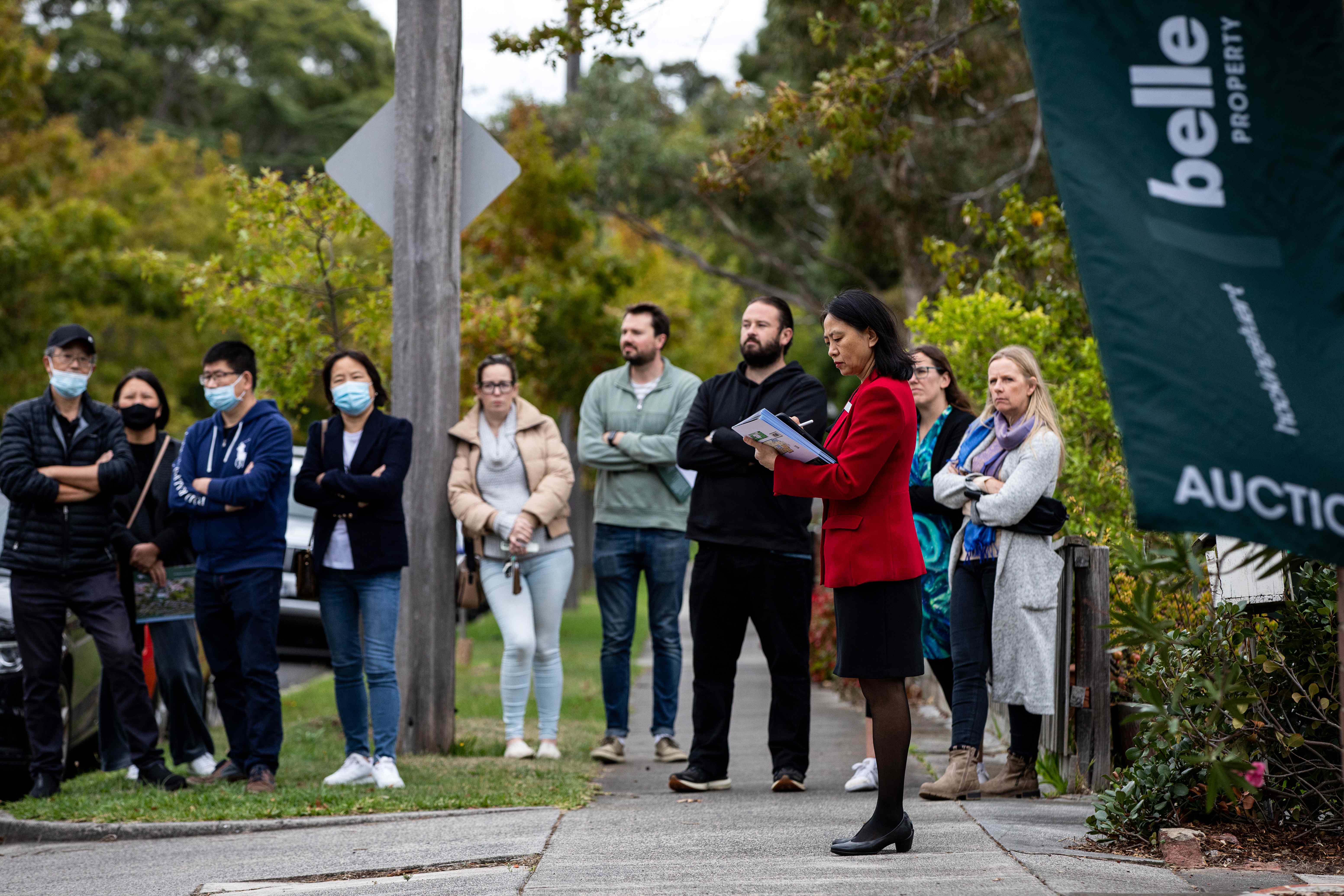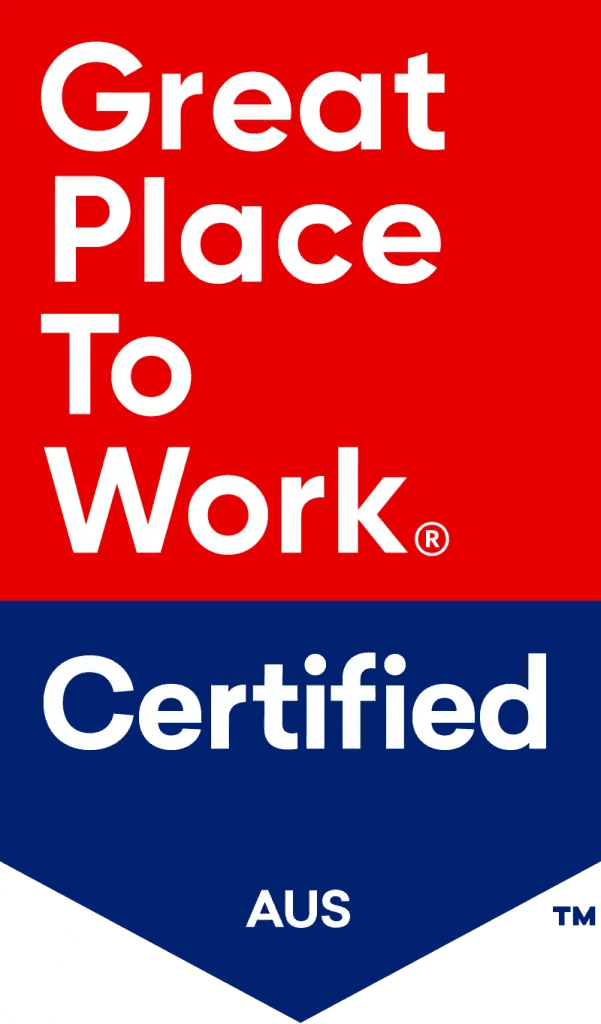Search Engine Optimisation (SEO), is the process used to enhance a website’s technical configuration, content relevance and link popularity so its pages can become easily findable, more relevant and popular towards user search queries in search engines like Google and Bing.
SEO needs to be a prominent part of most conveyancing firms’ marketing plans in 2022. According to Intergrowth, 75 per cent of people never go past the first page of Google. While Search Engine Journal states that 93 per cent of online experiences begin with a search engine.
Making improvements to your SEO, a vital tool to get clicks and traffic. Fortunately, there are a few easy tricks to apply to your website pages to quickly jump up the search ranks! These include:
1. Tags
Heading Tag
When search engine algorithm scans each page, the first port of call is the Heading tags (often seen as H1, H2, etc.). Depending on the heading content and what type of heading tag is used, the search engine will determine what the page is about and how important it is.
For example, for a conveyancing business when adding the heading tag for the main landing page of your website, you should include your industry, geographic location appearing as the H1 Tag. Prioritising this as your H1 tag over your business name will considerably help your page rank for prospects simply typing in ‘Conveyancer near me’, as opposed to your business name (which can be added as an image behind your H1 tag).
Title Tag
According to Peak Performance Digital, any well-designed web page will have a title tag in its HTML code. The text within this title tag is what shows up in Google’s search results, as well as on the tab for the page.
For example, if you’re demographic typically searches for cheaper conveyancing services, you could add a title tag reading “Affordable Conveyancing | Book a quote today| Australian Choice Conveyancing”.
2. Meta Description
Each page will have its own unique Meta Description. It will contain a short description of the page summarised into about 160 characters. This will appear underneath the Title Tag and URL in search engines to provide a blurb about the page to the searcher.
Search engines will scan both your Meta Description and your Title Tag for key search terms, so ensure your targeted word/phrase is used in both. For example, following the suggested tag above, a Meta Description could start with: “Australian Choice Conveyancing is Australia’s number one affordable conveyancing solution, specialising in…”.
3. Image Alt Text
While this is not mandatory, it is good SEO practice to add Alt Text to your images. Depending on the image, good practice is to include the key phrase from your title tag and meta description. However, this should only be done if the image is relevant to the text description.
4. Linking
Internal and external linking are vital elements to your page’s success compared to the competing pages in a search engine algorithm.
Internal linking is the practice of including hyperlinks and image links to various relevant pages throughout your website. For example, you could include a call to action at the bottom of your main web page saying, “Contact us to learn more about our services”, in which “contact us” should be hyperlinked to a ‘Contact Us’ page if you have one. The same can be done for a ‘Learn more about our services’ link.
External linking is also important for the ranking of your page as search engines see it as a way to justify the credibility of your page. For example, if your website is linked in a directory, you should include a link to the directory website, in your own.
Another example is for this page to add a relevant link to another internal blog where you can find more marketing strategies for your conveyancing firm.
5. Speed
It’s important to note that search engines also rank your pages based on their load time and responsiveness. In today’s age, search engines are starting to rank pages higher based on the optimisation for mobile over larger web devices. Therefore, you must always optimise your page to suite all devices.
The load speed of your page will also downgrade your rank. For example, if a competitor’s page takes two seconds less to load for the same key word or phrase, you can be sure that you’ll be ranked lower than businesses targeting ‘affordable conveyancing’. A quick fix for this, is to ensure all photos and images have been compressed into smaller file sizes.
For more marketing and business tips for improving the visibility and success of your conveyancing business can be found by subscribing to the free monthly Conveyancer Digest newsletter.






